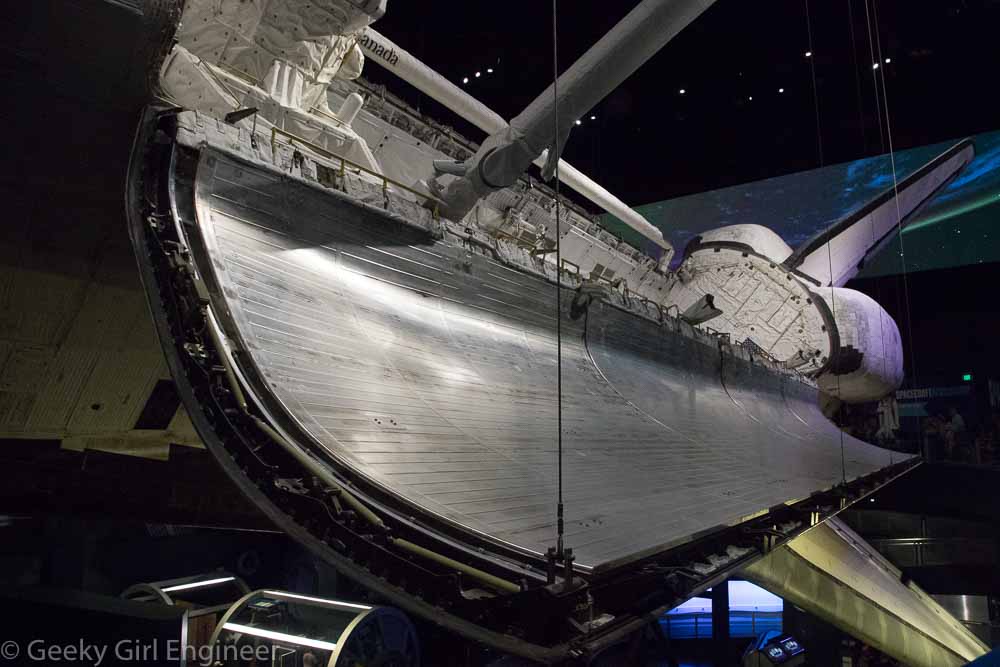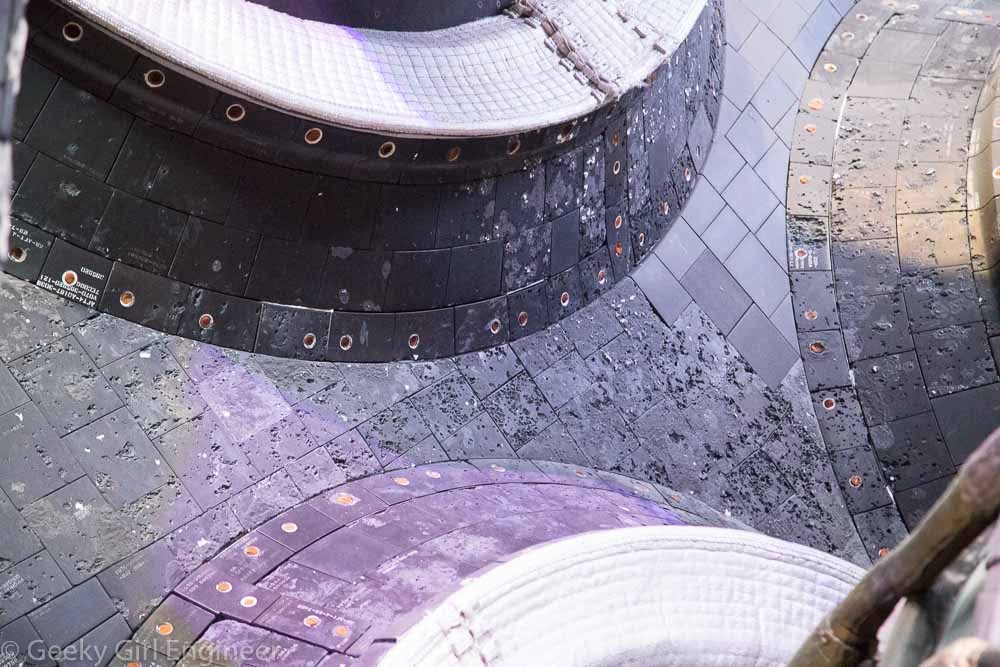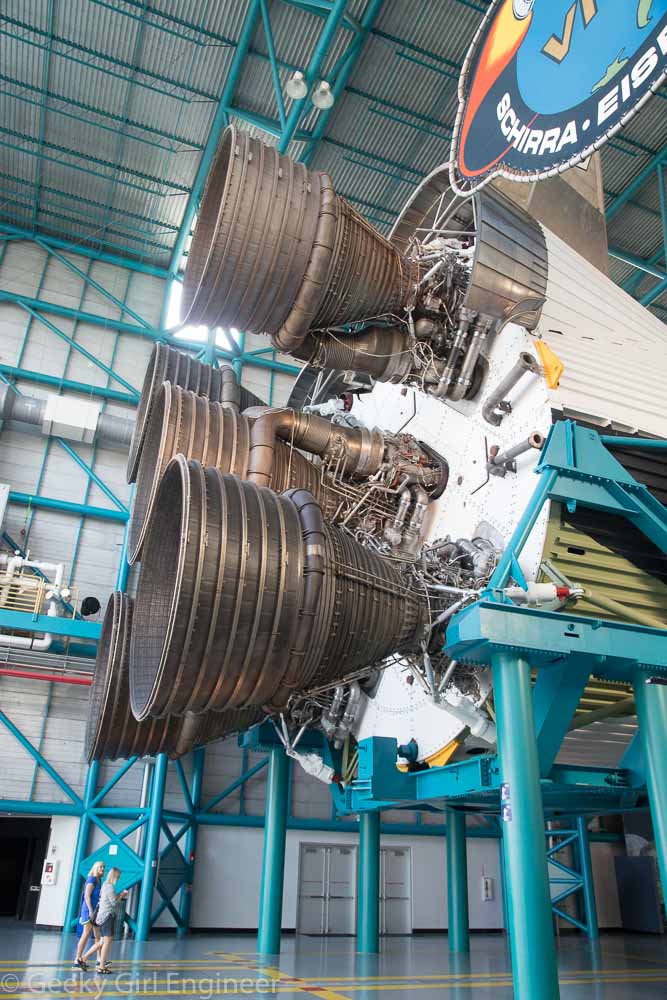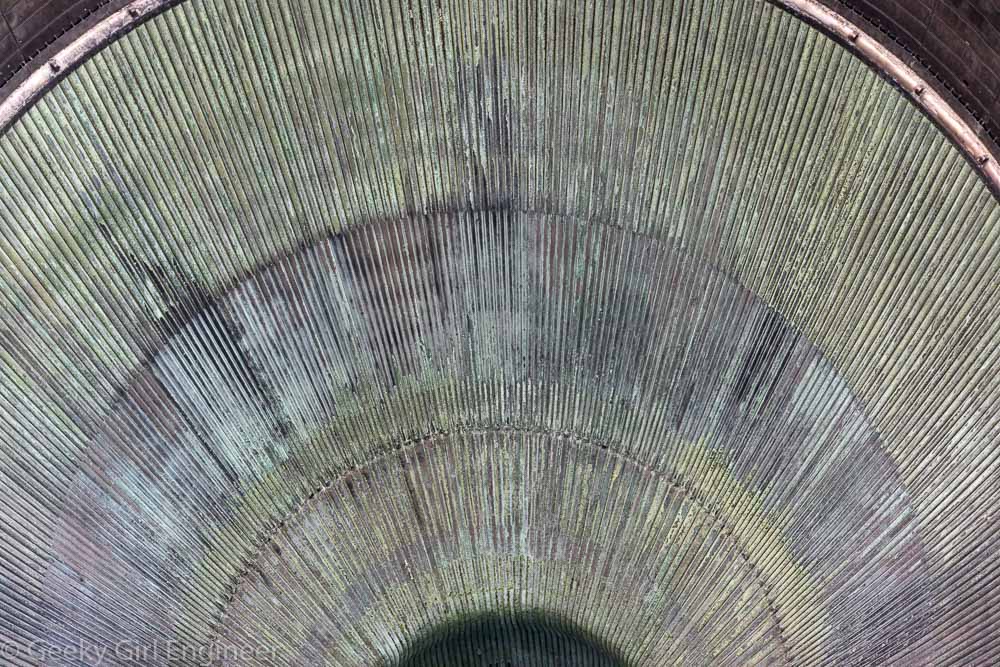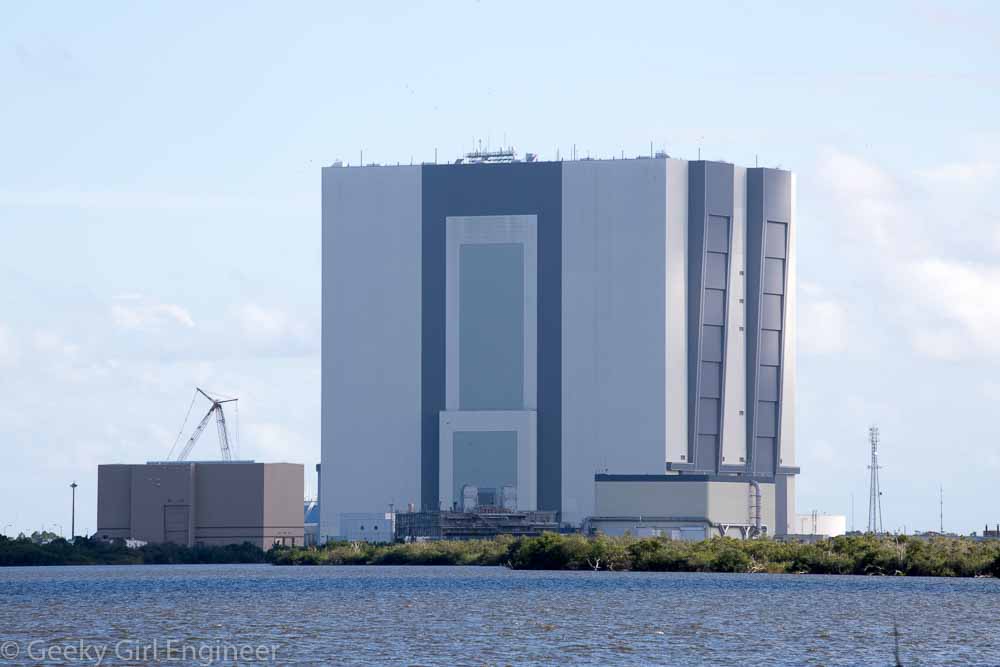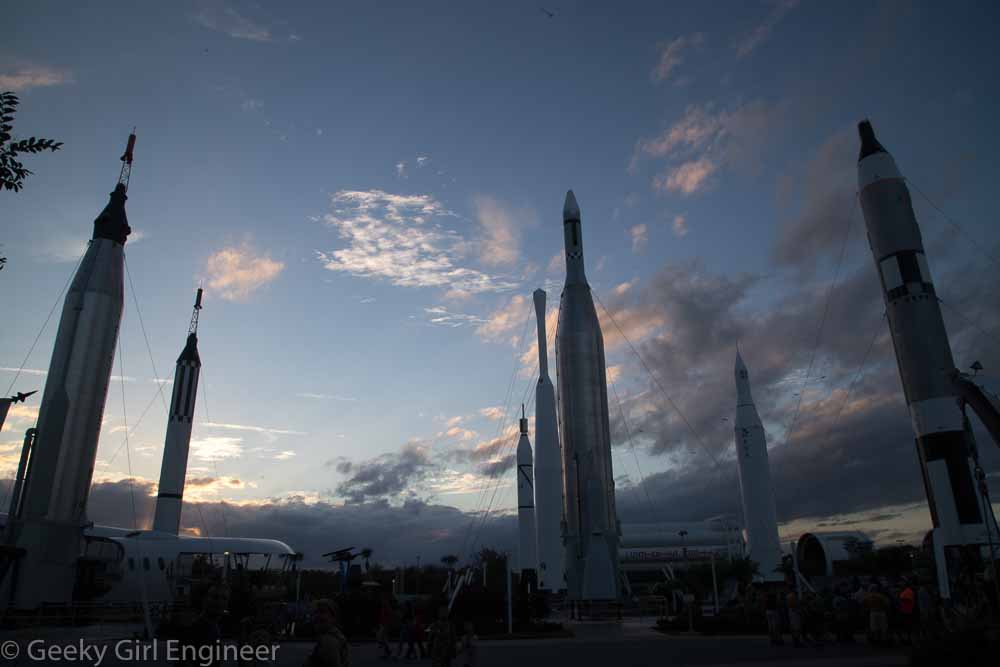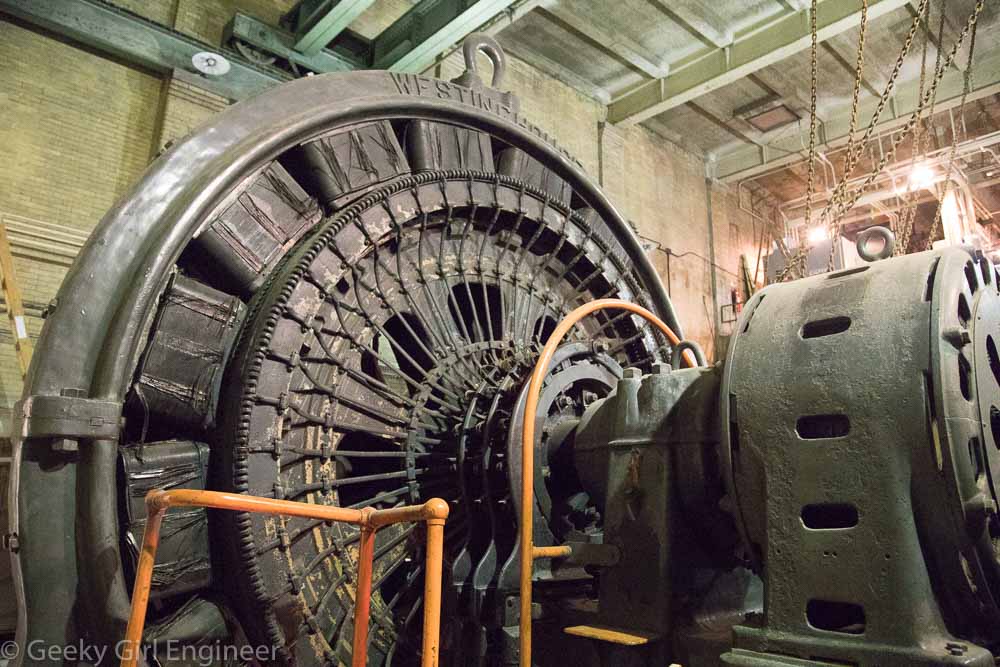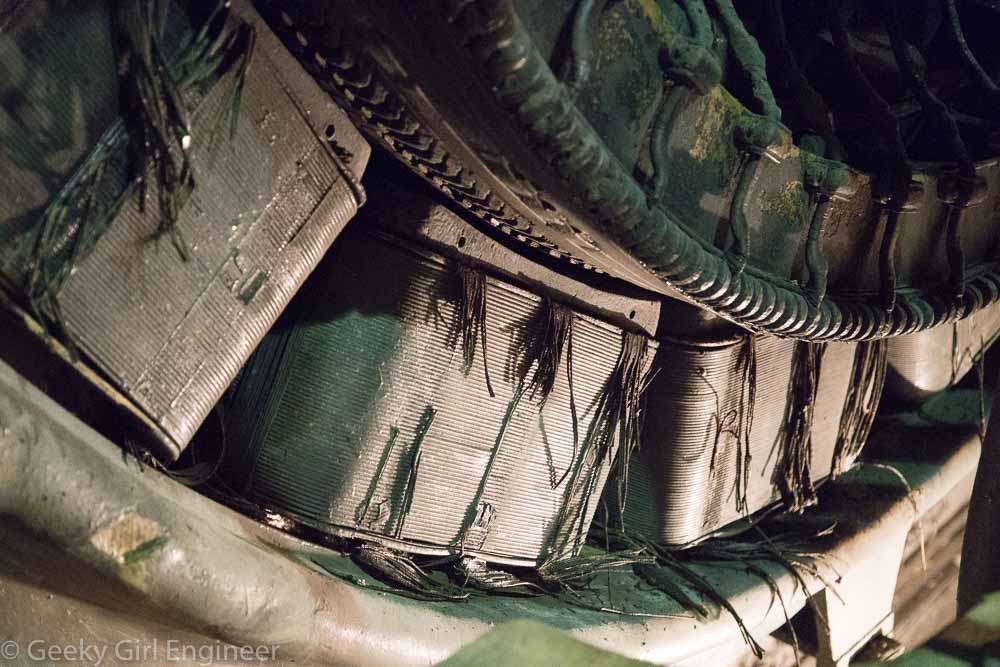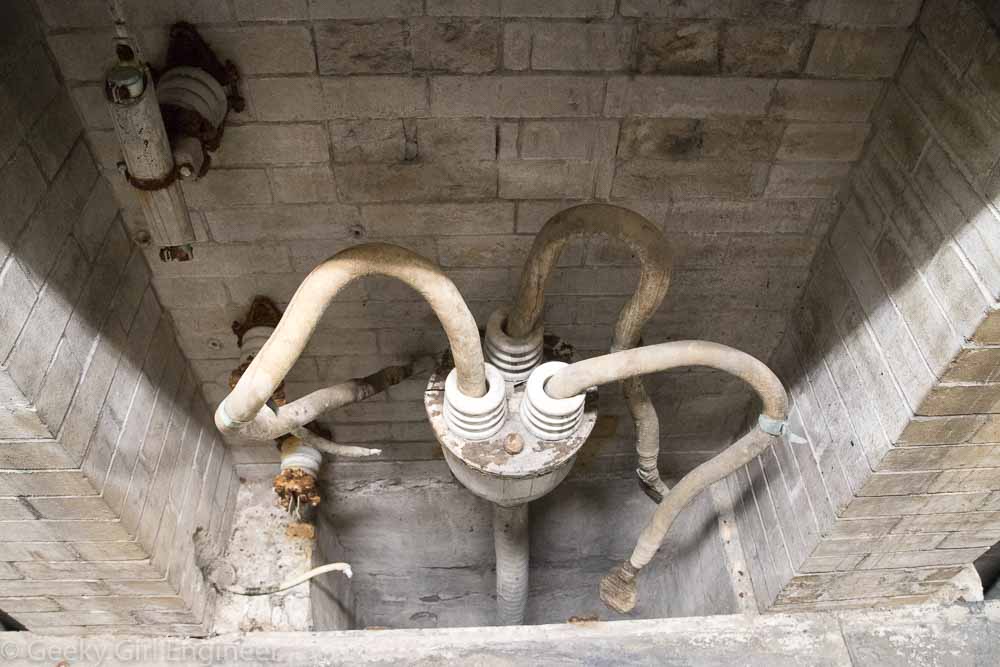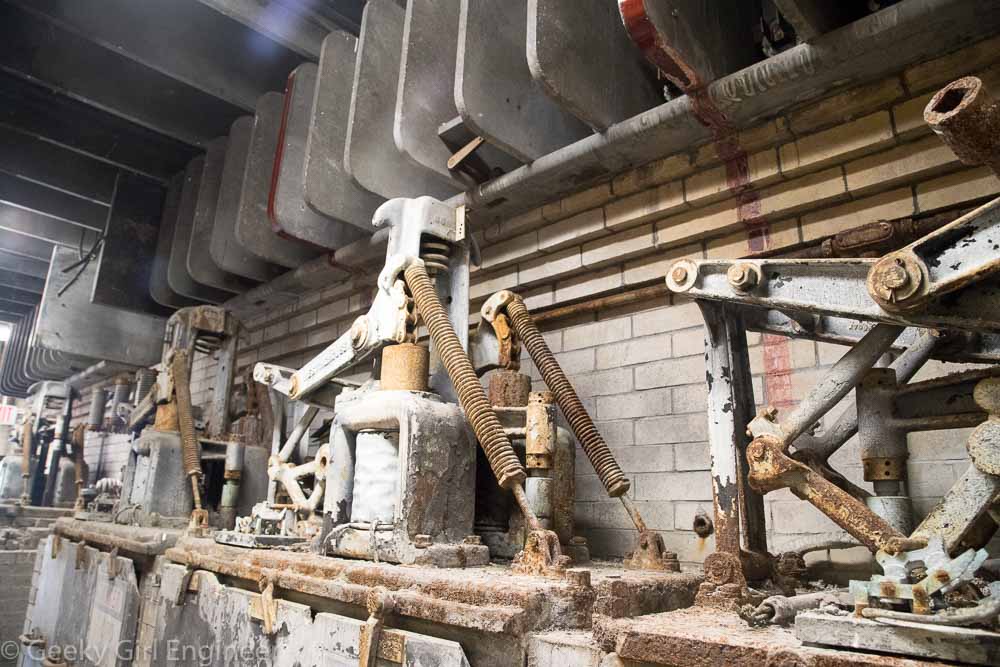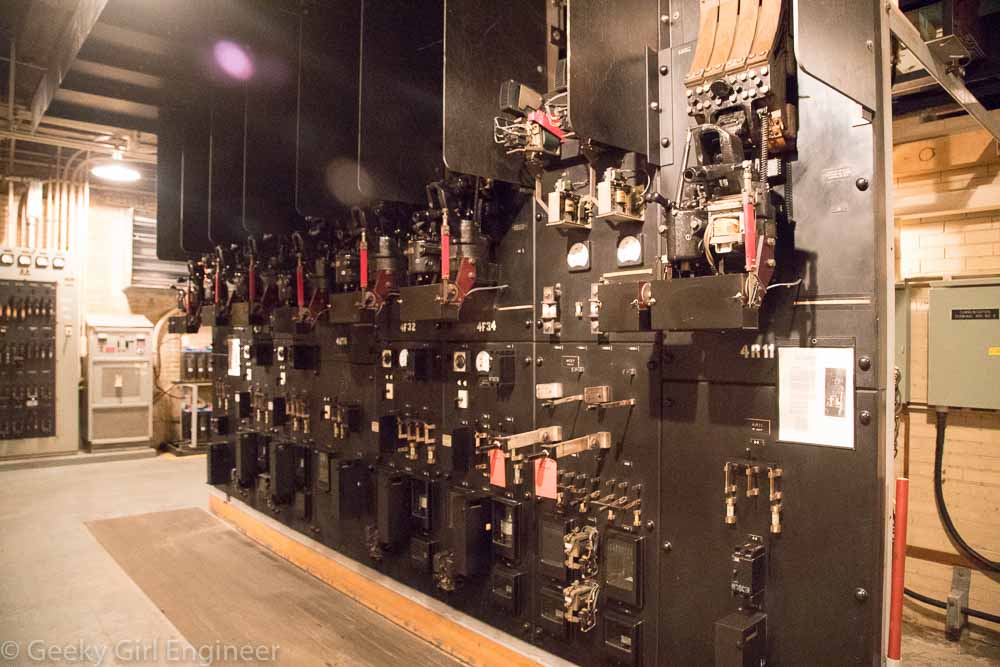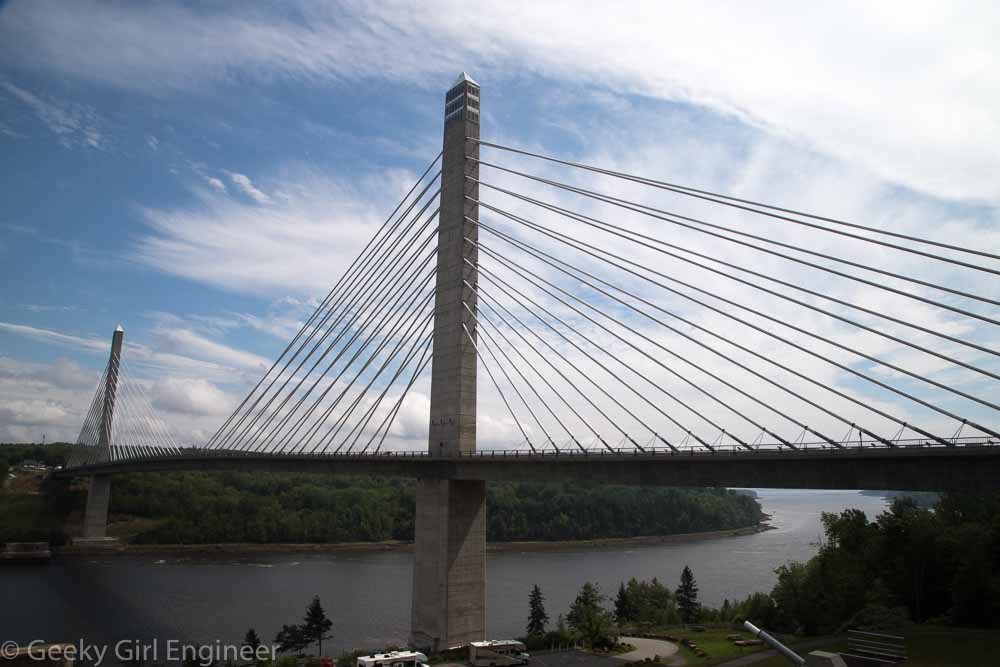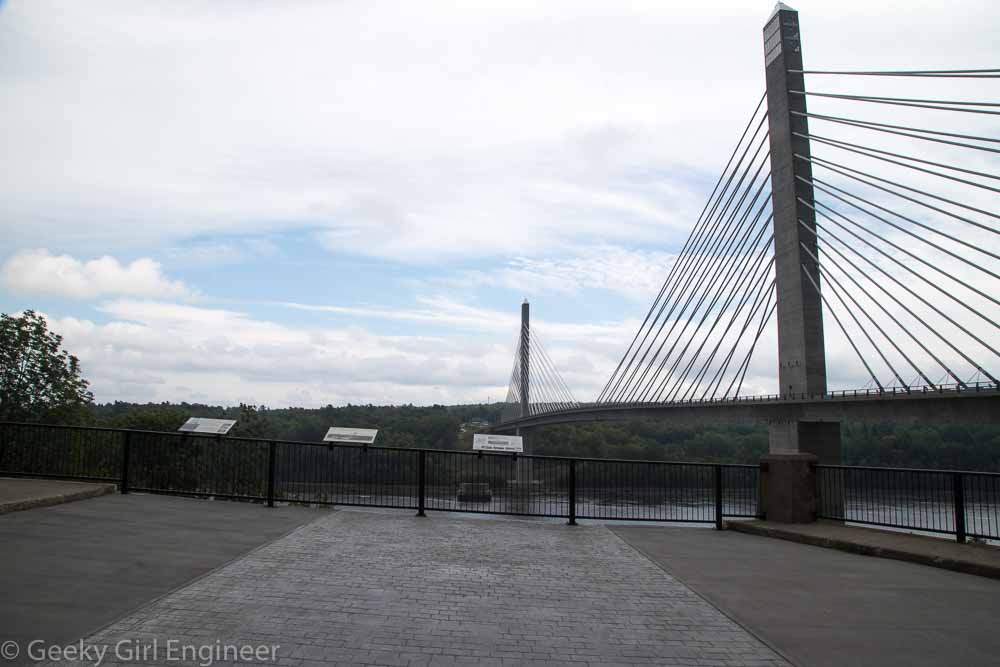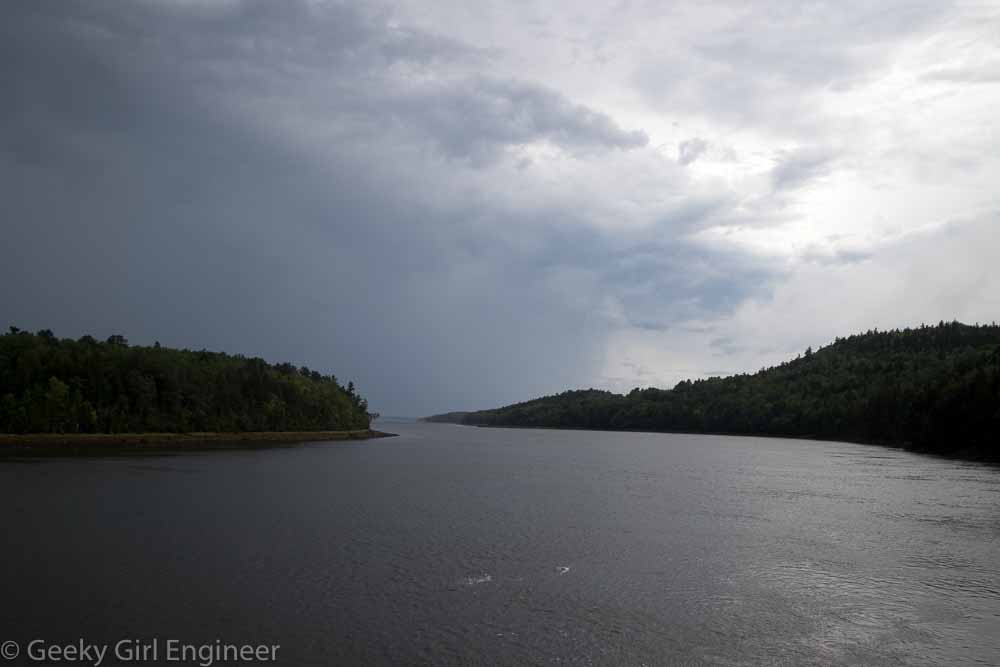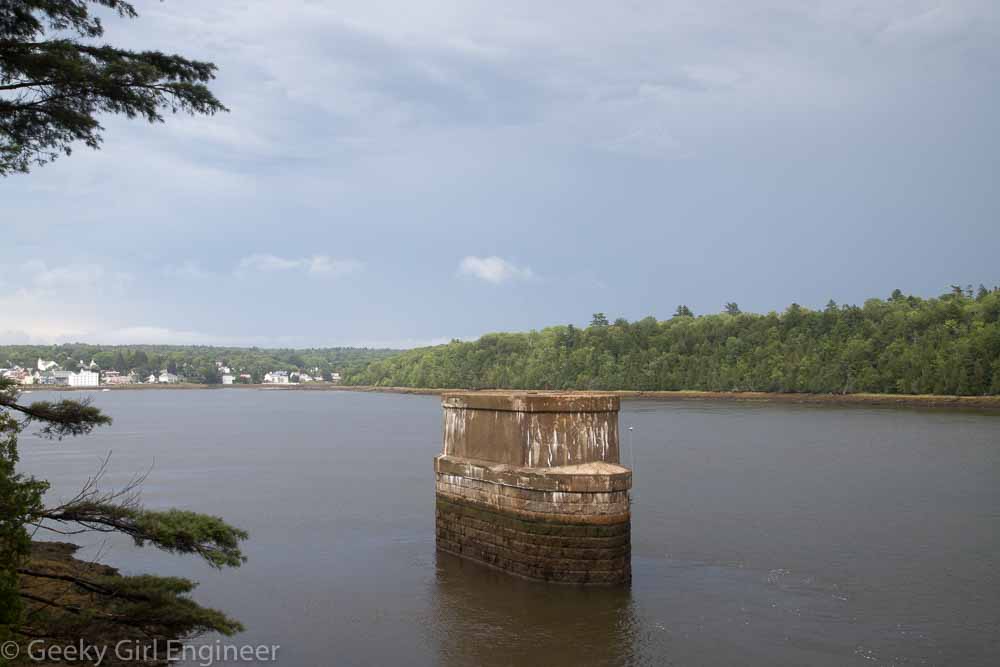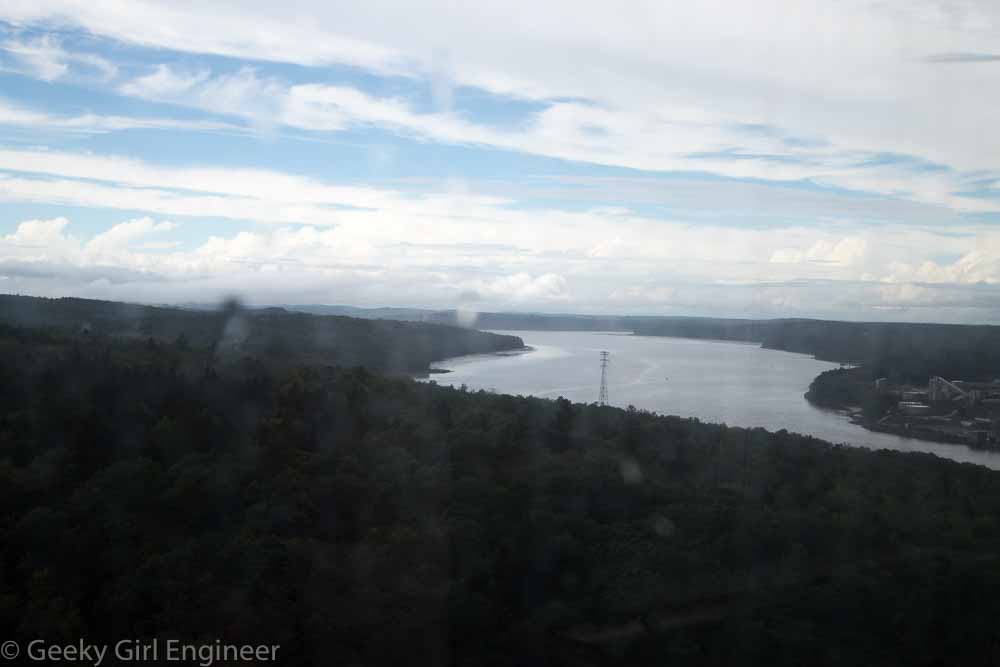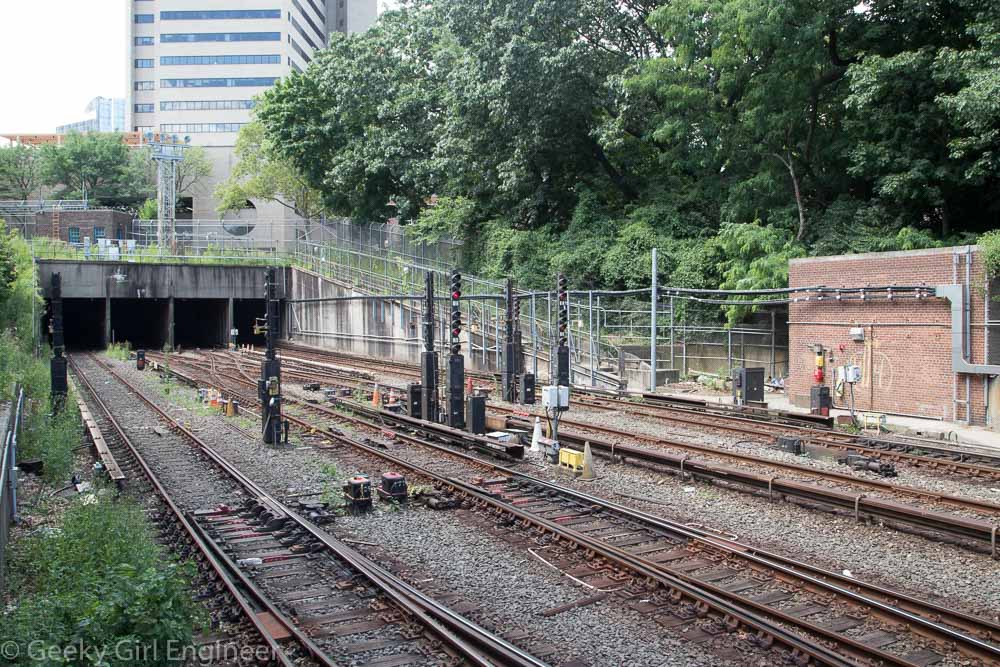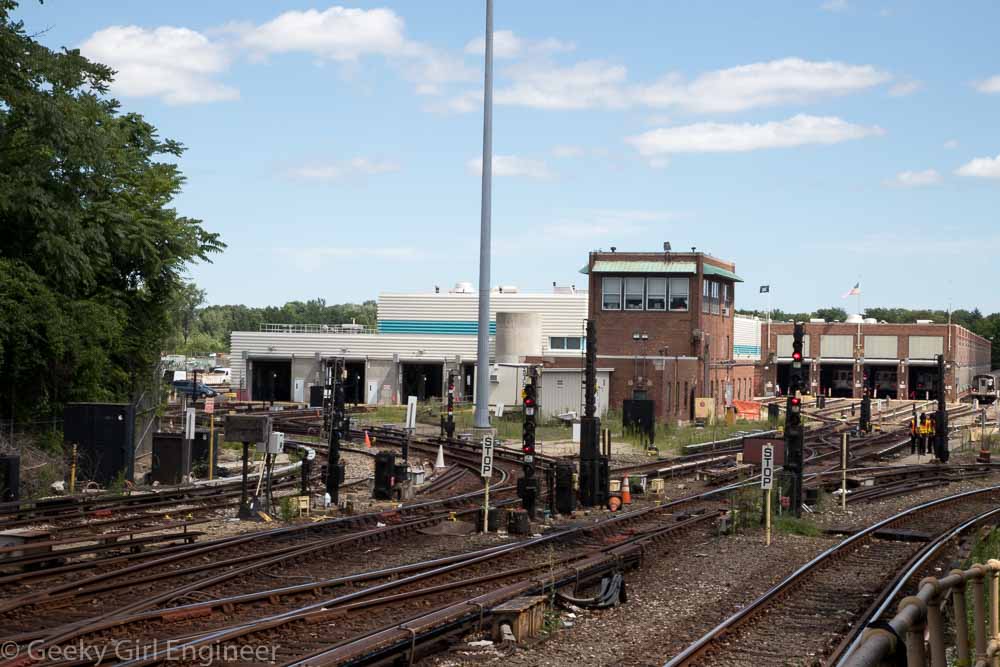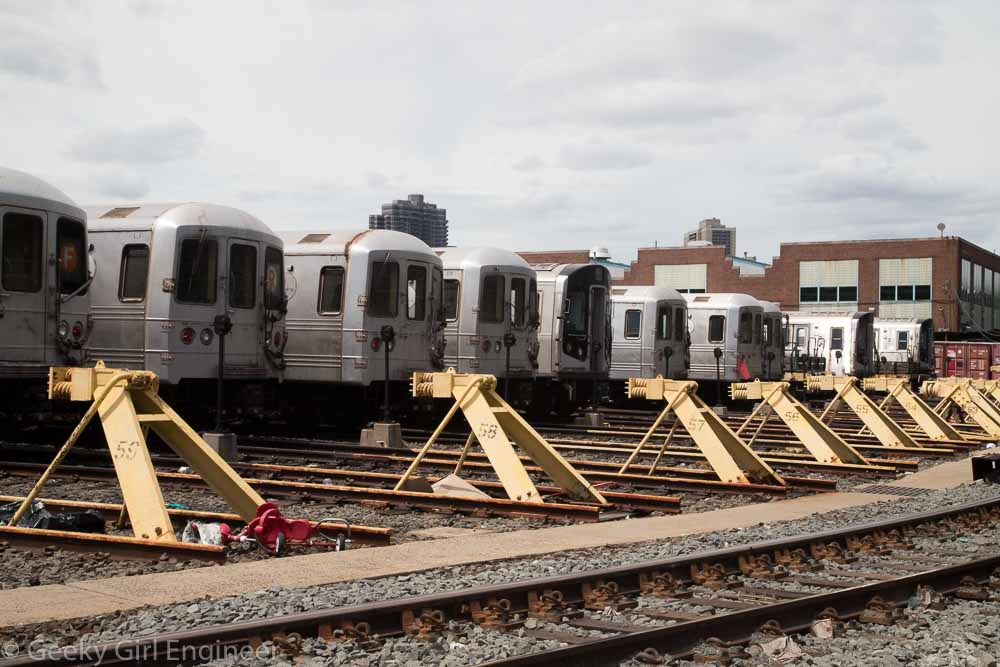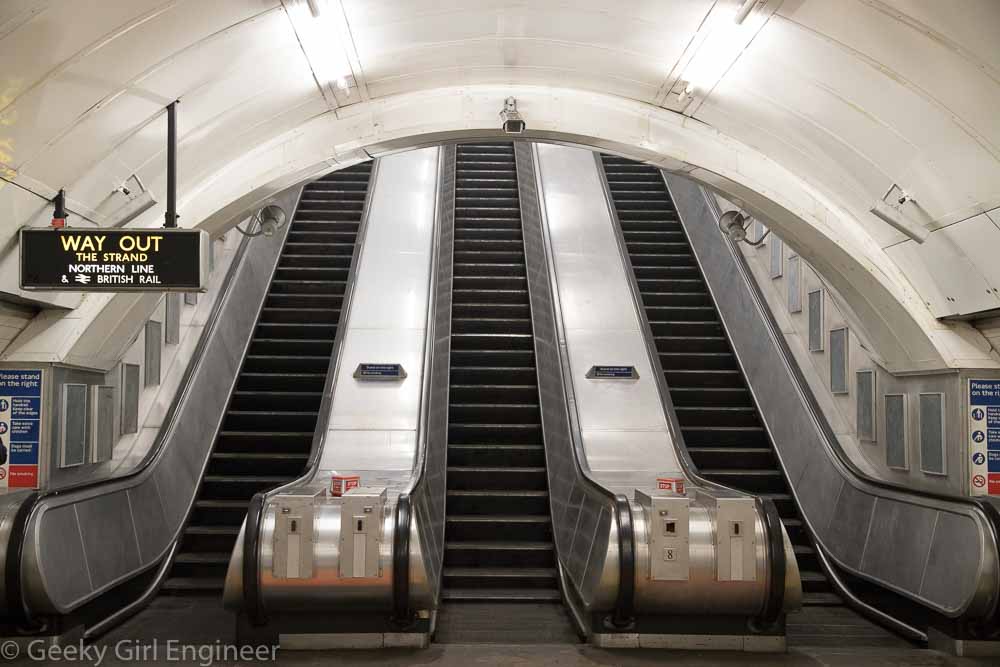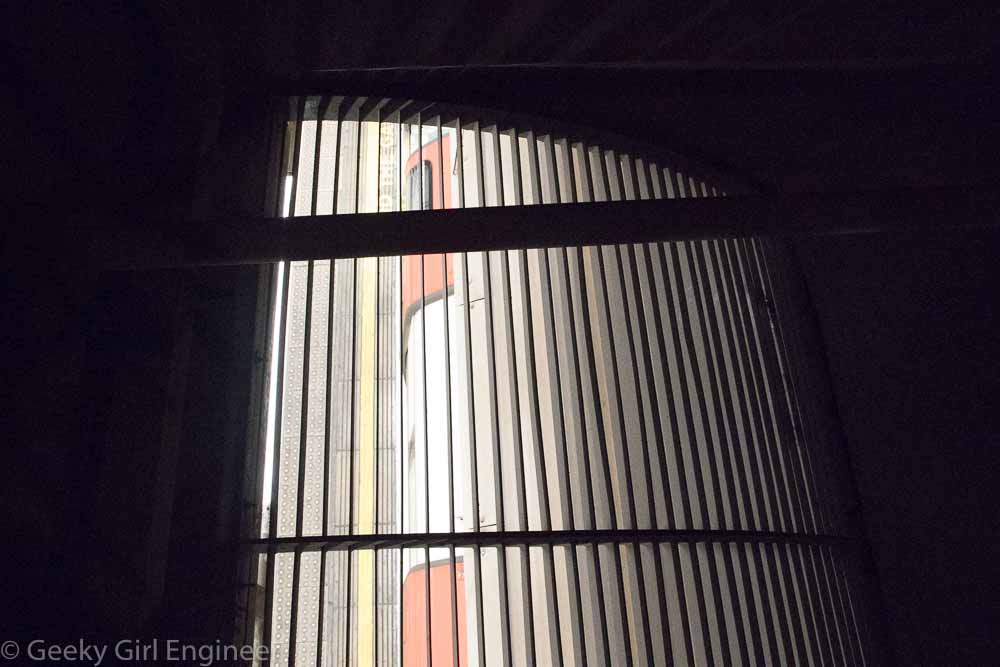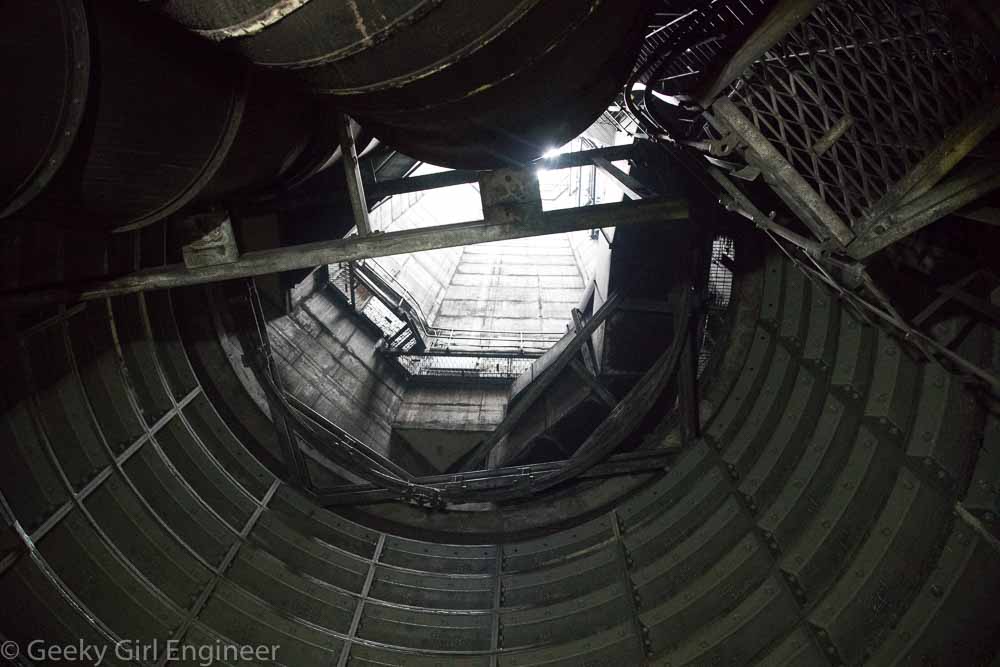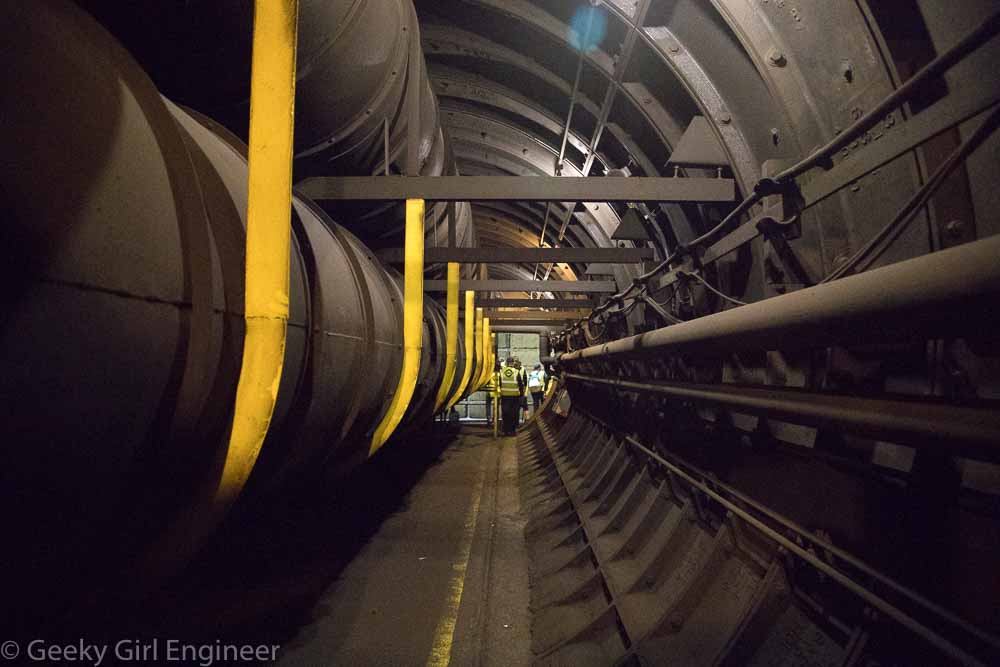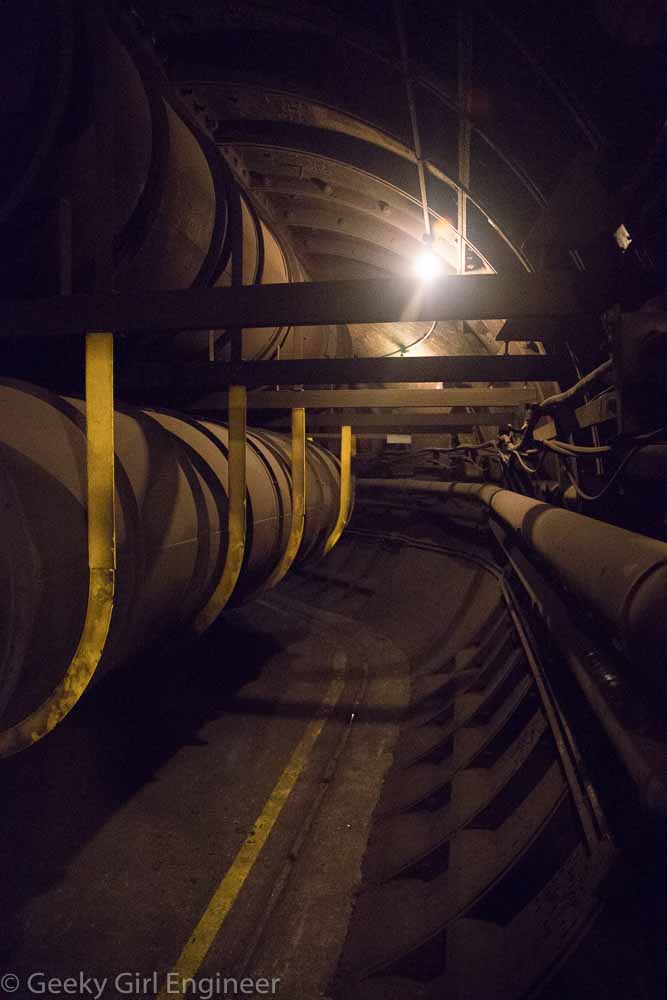Today was my first visit to the Cape Canaveral area and to the Kennedy Space Center. The big exhibit here is the space shuttle Atlantis. They have it set up really nice, so you can see inside the payload and the damaged external heat shield tiles and blankets. There are plenty of other exhibits to see. Also, you can also take a bus ride to another site to see a Saturn V rocket. The rocket is impressive, and the bus ride is a very short tour of the center and worth the ride.
Category Archives: Engineering
MTA’s Flatbush-Empire Substation
I took another tour with New York Transit Museum today. This one of the Flatbush-Empire Substation, formally known as Old Prospect Park Substation. It was constructed in the early 1900s to originally provide power for Brooklyn trolleys and then was used to provide power to the subways. Sadly, the substation sits right above where the Malbone Street disaster occurred, where approximately 100 people lost their lives in 1918 when an untrained conductor was operating a subway train during a labor dispute. The substation played a role in the disaster when the circuit breakers tripped at the station from the train accident, and the substation operator restored power to the rail thereby electrocuting any victims on the tracks because the system operators thought the breakers had tripped due to a prank by strikers.
The substation originally converted AC power from the grid to DC using rotary convertors. Now they use modern thingamajigs that are not nearly so cool looking. The downstairs of the substation has all the old unused parts, not to mention all the hazardous chemicals that had to be removed. There are capacitors where PCBs had clearly been removed, and other places painted with a white sealant after asbestos had been removed. Upstairs is where the boring gray boxes filled with modern electronics that actually do the work now are. The substation does not have a working rotary convertor by the way. The only one left owned by MTA is at Substation #13 (see that post for photos and video).
Penobscot Narrows Bridge
While traveling though Maine, we drove over the Penobscot Narrows Bridge, which is a lovely cable-stayed bridge. Cable-stayed bridges are my favorite kind of bridges. I love their simple elegance and functionality. The Penobscot Narrows Bridge is unique in that it has an observatory on top of one of the pylons. Who would have thought to put an observatory on top of a pylon? Next to the bridge, you can also walk onto a small portion of the old Waldo-Hancock Bridge. The Waldo-Hancock Bridge was suspension bridge built in 1931. It ultimately had to be taken down due to heavy corrosion of the main cables. The Waldo-Hancock Bridge was replaced with the Penobscot Narrows Bridge in 2006.
A thunderstorm passed by right before we entered the pylon, so in the below photos taken from the observatory, there are some of out of focus areas. I waited until the storm passed before taking the photos, but the windows still had raindrops on the glass, so the photos are not completely clear.
MTA’s Jamaica Yards
I took another tour with the New York Transit Museum today. This one was of Jamaica Yards in Queens, where maintenance is performed on subway cars. I love touring these yards. Jamaica Yards was different then some of the other ones I have toured in that it has a bit more space. Not a lot, but at least a little more. Every time I go on one of these tours I learn and retain just a little more.
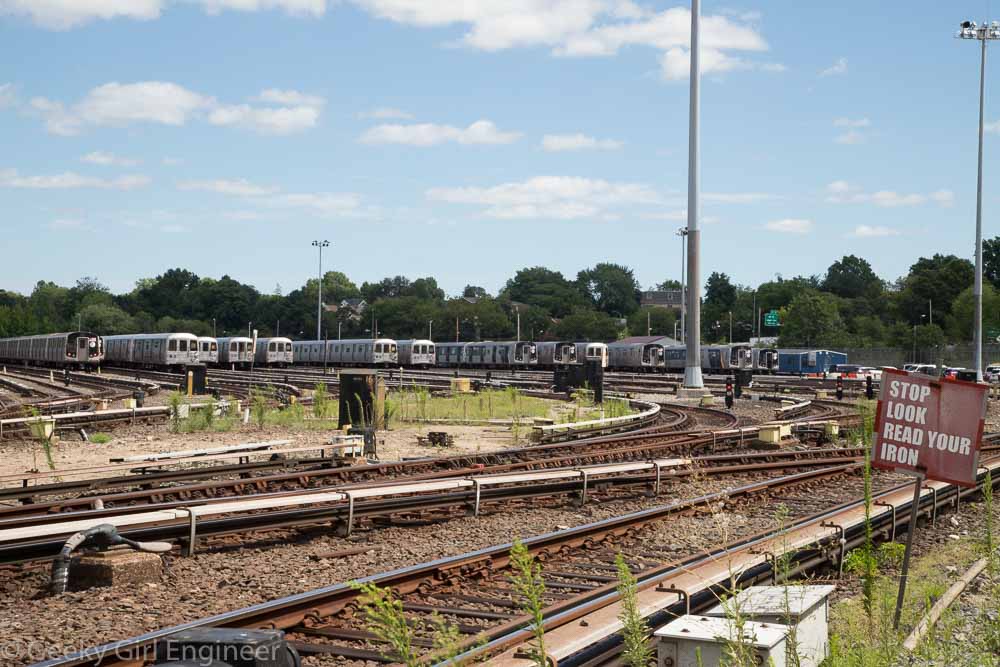
Jamaica Yards. “Stop look read your iron” is a warning to drivers to be alert where they are going. “Iron” refers to the rail.

Of course I am going to be interested int the safety measures. These lights read: Carbon monoxide alarm boiler room, methane alarm gas meter room, high water alarm car wash pump room, and car wash fire alarm.

One of the workers shows us how they test that the shoe, which contacts the third rail, is at the right height
Regents Canal
I posted yesterday about my boat ride on along the Regents Canal from Camden Locks to Little Venice. Today I went for a very short walk along the same canal in the Camden Locks area. It really is a pretty area. It is also a very popular area. There were many people walking along the towpath, and there were also many people just hanging around the area.
Tower Bridge
I love bridges, so while in London I am visiting as many bridges as possible (although there are quite a few). One bridge that was on my must see list was the iconic Tower Bridge. It is a beautiful bridge. Even better though, you can tour the historic engine room and also go to the top and walk across the upper level walkways that connect the two towers.
Inside the engine room areas, you can see the historic coal burners, steam engines, and the accumulators. The bridge now operates with electricity.
In the south tower, you can see the inside of the tower and all the structural components. They have human figures up in the structure to demonstrate how it was built.
Both the east and west upper walkways have a segment of glass floor, so you can look down onto the river and roadway.
The views from the upper walkways are wonderful. You can see very far up and down the River Thames.
Whitechapel Fatberg
I was able to complete my quest today, the reason I came to London at this time. I saw the Whitechapel Fatberg at the Museum of London. I realize this is not the normal type of thing people go on vacation and fly across an ocean to see, but anyone who reads my blog at all should know I am not normal. London sewer workers coined the term fatberg to describe a giant, congealed mass of fat and oil that also has wet wipes, diapers, and other rubbish people put down the drain and shouldn’t. [Important education moment for those who do not know. Those “flushable” wipes are not flushable. Sure, they are flushable in that they will flush down your toilet, but they are not flushable in that they will not break down in the sewer system or at the wastewater treatment plant. Neither will diapers, condoms, and all the other stuff people flush or put down drain pipes.]
In 2017, London sewer workers found the enormous Fatberg in Whitechapel. It weighed 130 tons and was 250 meters long. Some of it they removed with power jet sprayers to then vacuum out, but much of it was so hard, they had to remove it with pick axes and shovels. It took nine weeks to remove the Fatberg. According to information at the museum display, some of the fatberg was converted to biodiesel, and the rest was turned into renewal energy and fertilizer at the wastewater treatment plant.
They had two pieces of the fatberg on display. One of the samples has crumbled into smaller pieces. In the large piece, there is some sort of plastic wrapper sticking out of it. They also x-rayed the pieces because why not.
Charing Cross: Access All Areas
My vacation in London started with a what some would call a nerd tour. I took a Hidden London tour through London Transport Museum. The tour was of Charing Cross station and included an abandoned platform, where the Jubilee Line used to stop, and also ventilation tunnels. The Jubilee Line platform was abandoned in 1999 when the line’s extension was put into operation, and the line needed rerouting for the extension. The platform is now used for testing station features and also frequently for filming. The tracks are still used to store trains or turn them around. The tour also included accessing ventilation tunnels and viewing the ventilation shafts that allow air from the subway tunnels to escape to the outside. We also got to look down a shaft to the subway tunnel below. The ventilation shafts are massive but needed to allow air to flow through the tunnels. Finally we also got to go under Trafalgar Square via a construction tunnel that was built to bring supplies to the tunnel work and remove spoils from the tunneling.
Engineering Responsibility
A couple of weeks ago I took a day long class on urban stormwater design. It was a class designed for Professional Engineers and others who needed to earn some continuing education credit. It was taught by two Professional Engineers. Urban stormwater design is something I am in general familiar with but not anywhere close to an expert, so I thought this would be a worthwhile, intriguing class by which I could also earn needed continuing education credit.
The class subject was the important topic of urban stormwater, specifically in older cities like Boston, New York, Philadelphia, and Washington, where much of the city has combined sewer systems. Combined sewers are systems where both stormwater and sanitary wastewater (i.e. the discharge from household and business sinks, toilets, showers, etc.) go into the same set of pipes and eventually to a wastewater treatment plant. When it is not raining, this type of system works fairly well because it is mainly just the wastewater reaching the treatment plant. When there is precipitation, this type of system can cause problems because the amount of flow can overwhelm the treatment plant. If the plant is not big enough, or if there is not enough storage capacity to hold the wastewater until the treatment plant can treat it, then this results in raw, untreated wastewater (i.e. poop) being discharged to whatever body of water is downstream of the plant. The discharge of untreated wastewater is illegal under the Clean Water Act and is considered a permit violation under the National Pollutant Discharge Elimination System (NPDES) program.
The class covered ways that cities can try to prevent overwhelming the plant and thus permit violations. This can range from the more obvious, and often most expensive, ways of building more and bigger wastewater treatment plants and/or storage capacity to hold the wastewater until the plant can treat it, to the more innovative and sometimes lower cost of green infrastructure. Green roofs can absorb some of the stormwater, and thus reducing the amount of stormwater going into the sewers. Tiny little parks and green bump-outs into the street which trap perhaps an inch of rain can also help, especially when many of them are built around the city. In the area where I live, many redesigned streets have a green median which sinks below street level or have a depressed area with plants next to a wide sidewalk. The idea with these areas is to allow some of the stormwater to sink into the ground and also to simply hold some of the stormwater during the storm. This evens out the flow going into the sewers.
During this class, one of the instructors showed various models that he and his company had run for an older city to solve a problem where a particular neighborhood kept having the basements flood with sewage. The city had a combined sewer, and in that area, the pipes could not handle all the flow during the storm, and this would lead to sewage backing up into people’s basements. Quite obviously, the people living there did not like raw sewage flooding their basement every couple of years. Who would? So the instructor demonstrated how complex the issue was with maps that showed if you added extra capacity in this tiny area, it would solve the problem for this tiny part of the neighborhood. However, if you spent more money and built more capacity for a larger area, it would solve the issue for more of the neighborhood but ironically would make it worse for this other part of the neighborhood. His point was to show how the problem was complex, and it was not just a matter of adding more pipes.
However, in every single one of his models, the extra pipes to handle the extra flow had one or more outfalls to the river that flowed next to the neighborhood. The pipes were intended to connect to the combined sewer system, but to alleviate the extra flow that caused the flooding in people’s basements, they modeled adding extra outfalls where the raw sewage, instead of going into people’s basements, would instead go into the river next to the river. Now, I am sure most people would think, well, I would rather it go into the river than into my basement. However consider if you live in that area, you would still be dealing with raw sewage in the area, just maybe not in your basement. An improvement, but still a problem. The instructor said they were designing for a storm size that would happen about every five years. To be clear, dumping raw wastewater into a river ever five years is illegal. I was incredulous that they were actually designing the system to dump raw sewage into the river. I asked him why didn’t the design include a new interceptor (a giant pipe that generally conveys the flow for long distances to a plant), or some other large storage area until the system could handle the extra flow and convey it to the treatment plant. He cited cost. Cost is not a reason to violate the law. In fact cities that dump raw sewage can fined, so there’s a cost. [I don’t work in this area. I don’t know how often cities are fined for this, but I do know the idea is not to take money from them but to get them to spend the money so violations don’t occur. Use the money to build more wastewater treatment plant capacity, etc.]
I questioned the instructor about this. It is one thing to have an old system that dumped raw sewage into a river and then to keep building pipes and plants such that the city reduced or eliminated any discharge of raw sewage. It is an entirely other thing to actually design “improvements” to your system to do that. To be clear, sewage flooding into people’s basements is obviously a serious problem that the city needed to solve. But solving it to only create another problem is not a true solution. I kept asking him why didn’t the solution include a new interceptor or storage. A couple of the other people taking the class asked questions of a similar nature. Finally the instructor seemed to be tired of the questions and not being able to answer them to our satisfaction, and he said “I don’t know guys, I’m just the modeler.” He is a Professional Engineer. I accept that the reason he was teaching this part of the class is that he in an expert in modeling stormwater. I do not accept that because he was just doing the modeling, he had no responsibility for the solution that he was modeling. At some point, he should have asked what kind of solution was he modeling if by design it would lead to permit violations every five years or so. Part of the responsibility of being a Professional Engineer is knowing that is a not a solution. Part of being an engineer is planning for every contingency you possibly can. Part of being an engineer is knowing the law. That means you can’t shrink responsibility by simply saying that’s not my part. I just did this tiny area. Go talk to the other guy. Nope. You can’t do that. A Professional Engineer takes responsibility for the design. That’s your job. Find a solution that solves the problem you were asked to solve but does not create other problems.
Waterborne diseases
I am still irritated by the one sided New York Times article on people who think “raw water” is better than treated water. I wrote previously about the various microorganisms and chemicals that can be found naturally in groundwater, but I wanted to expand a bit on water borne diseases and why we treat water. Not all water borne diseases are a result of microorganisms.
High nitrates in water can lead to blue-baby syndrome, more properly known as infant methemoglobinemia. Nitrates is associated with human-related water contamination, especially agriculture.
Arsenic occurs naturally in many groundwater sources. The United States Geological Survey (USGS) has mapped arsenic in groundwater based on a great deal of sampling. Arsenic in groundwater is particularly problematic in southeast Asia. Arsenic can cause cancer, cardiovascular disease, and skin lesions, among other issues.
Other naturally occurring metals and radioactive elements can be found in groundwater that can cause long term health problems. Groundwater and surface can also become contaminated from human activities with volatile organic compounds, pesticides, and other chemicals that you don’t generally want to ingest.
Then there are all the illnesses caused by microorganisms in water. According to the Centers for Disease Control and Prevention (CDC), the most common waterborne disease outbreak for 2013-2014 was Legionella, which I admit surprised me. Legionella causes respiratory illness due to inhalation of it, which is why it is normally associated with people inhaling the mist of cooling towers and air conditioning systems. [This is how it was first discovered and named when members of the American Legion got sick at a convention in Philadelphia hotel with unsterilized water in a cooling system.]
Most waterborne microorganism caused illness cause gastrointestinal illness though. Most people have heard of Giardia lamblia, which can cause diarrhea. There is Shigella which causes diarrhea, fever, and stomach cramps. E. coli is another common microorganism that can cause gastrointestinal illness found in both food and water. Cryptosporidium is a nasty microorganism that can cause illness. The reason I call it nasty though is because the parasite is protected by a shell that makes it particularly difficult to kill with disinfectants.
While luckily not a problem in the U.S., cholera, another waterborne disease, has killed many people throughout history. Yemen is currently in the midst of a horrible outbreak that has killed thousands and infected a million people. The cholera outbreak in London in 1854 is considered by most to be when the field of epidemiology started when John Snow, a physician, removed the Broad Street pump handle to show that that pump was the cause of most of the cases.
Point of all this is, be thankful for modern water treatment. There are very few waterborne illnesses in the U.S. It is rather rare for a person to get sick from water that comes from a public water supply, and when they do, most often because something has gone wrong at the water treatment plant. There are other issues of course, such as old water systems with lead in the pipes or solder. The source water can also become contaminated with something that the water treatment plant was not designed to treat. On the whole though, you are much more likely to become ill from untreated water then from treated water.


